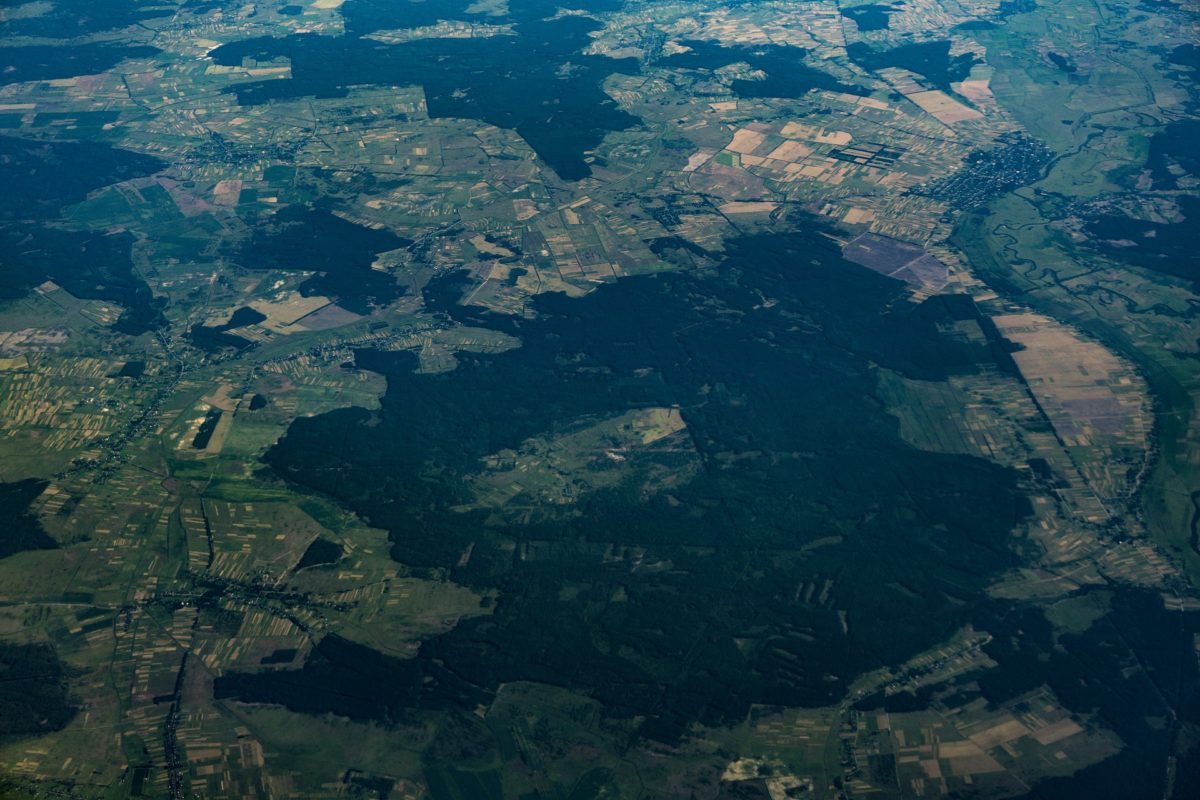Scientists from the European Union’s Joint Research Center (JRC) have created the Enspreso – energy system potentials for renewable energy sources – dataset to evaluate potential land use for renewable energy across 276 regions in the EU’s member states and to assess how much generation capacity could be hosted.
In the paper ENSPRESO – an open, EU-28 wide, transparent and coherent database of wind, solar and biomass energy potentials, published on the ScienceDirect website, researchers stated the 28 EU member state dataset offers energy models about the potential of clean energy sources across the EU based on realistic land-restriction scenarios and bottom-up resource analysis.
The authors of the paper stressed solar and wind have, separately, the potential to produce three times more electricity than the EU generated in 2016. The paper concludes the solar projects needed to reach that goal would occupy only 1.4% of the political bloc’s total land surface – wind facilities would require at least 16%.
Ideal scenario
Solar potential was calculated considering solar irradiation data for rooftops, facades and available land of any kind, combined with geospatial analysis of areas suitable for PV installations and consideration of the solar technologies – PV and concentrating solar power – available.
Assuming 170 MW of solar power generation capacity per square kilometer, full use of available artificial areas and 3% use of available non-artificial areas, the EU could host 10 TW of solar capacity, stated the report, enough to generate 11,000 TWh, by occupying 1.4% of the total land area in the EU. And not all of that 1.4% would be agricultural land.
Popular content
With that 1.4% of land figure related to a theoretical best-case scenario, the realistic future development of solar is likely to occupy even less EU land and the study does not account for technology advances that may see solar sites occupy less space. The researchers added, their figures also fail to consider land cost restraints or public opposition to solar plants.
Land use debate
Opposition to solar based on loss of agricultural land is nothing new but has sharpened of late in European countries including the Netherlands, where restrictions were introduced in May to large scale solar park development, and Italy, where opposition has been vocal in planned solar hubs such as the provinces of Viterbo and Brindisi. In Germany and France too, protests have been made against solar parks and in South Korea, allegations have been made of forest clearance for PV plants.
In May, the French Environment and Energy Management Agency published a report about the solar potential of neglected surfaces and parking lots in addition to identifying 17,764 such sites which could host PV.
This content is protected by copyright and may not be reused. If you want to cooperate with us and would like to reuse some of our content, please contact: editors@pv-magazine.com.



2 comments
By submitting this form you agree to pv magazine using your data for the purposes of publishing your comment.
Your personal data will only be disclosed or otherwise transmitted to third parties for the purposes of spam filtering or if this is necessary for technical maintenance of the website. Any other transfer to third parties will not take place unless this is justified on the basis of applicable data protection regulations or if pv magazine is legally obliged to do so.
You may revoke this consent at any time with effect for the future, in which case your personal data will be deleted immediately. Otherwise, your data will be deleted if pv magazine has processed your request or the purpose of data storage is fulfilled.
Further information on data privacy can be found in our Data Protection Policy.